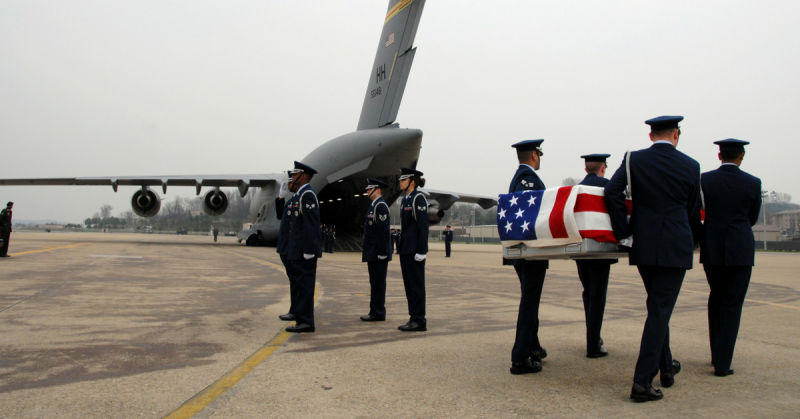At the beginning of June, the President of the USA, Donald Trump, met with the North Korean Leader, Kim Jong-Un, for a series of talks in Singapore. At the negotiations, America and South Korea agreed to cancel the planned military exercises that were due to be held in August.
One of the conditions agreed upon for the cancellation of these exercises was that North Korea would release the remains of soldiers killed during the Korean War back to the Americans.
The Agency responsible for finding, accounting for and, where possible, identifying the remains of fallen soldiers, The Defense POW/MIA Accounting Agency (DPAA), estimates that the remains of approximately 7,800 men who lost their lives in the Korean conflict are still unaccounted for.
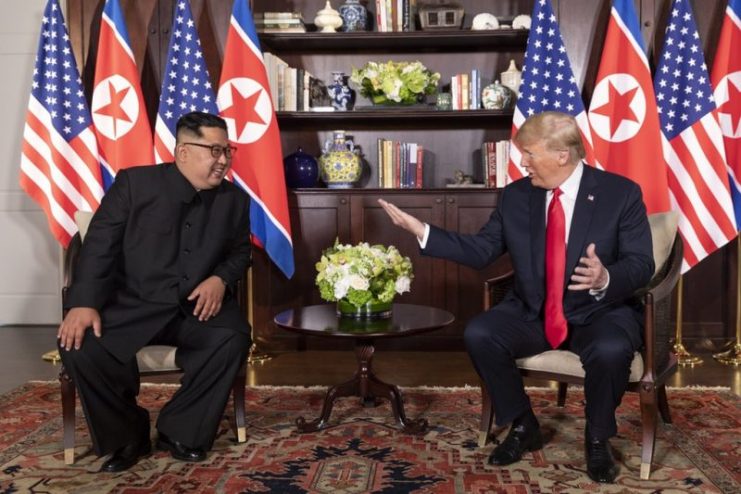
Of these an estimated 5,300 were lost in North Korea; most of which were in prisoner of war camps. The Agency anticipates that many more remains will be recovered from the locations of these camps.
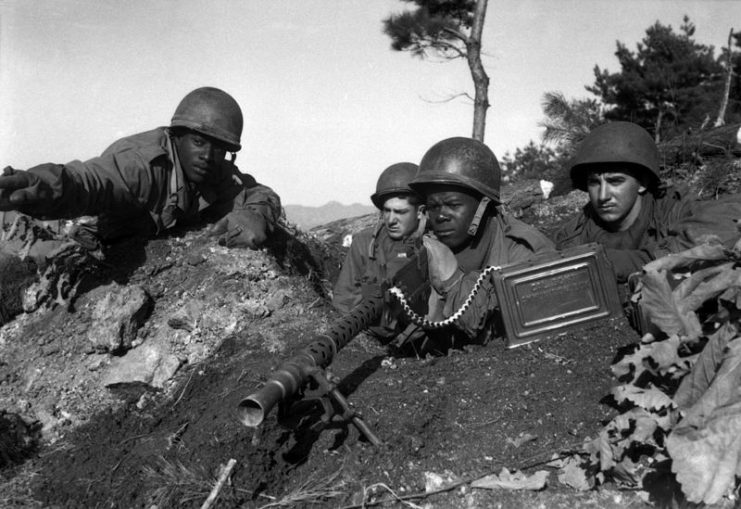
The US Administration is in the process of planning to receive as many as 200 sets of remains from the North Koreans. To facilitate this process 100 wooden cases that were built in Seoul have been sent to the Joint Security Area to await the transfer.
The Joint Security Area is a very well-known area contained within the demilitarized zone where North and South Korean soldiers often face one another along a demarcation line that gives a neutral place where both sides can safely communicate with each other.
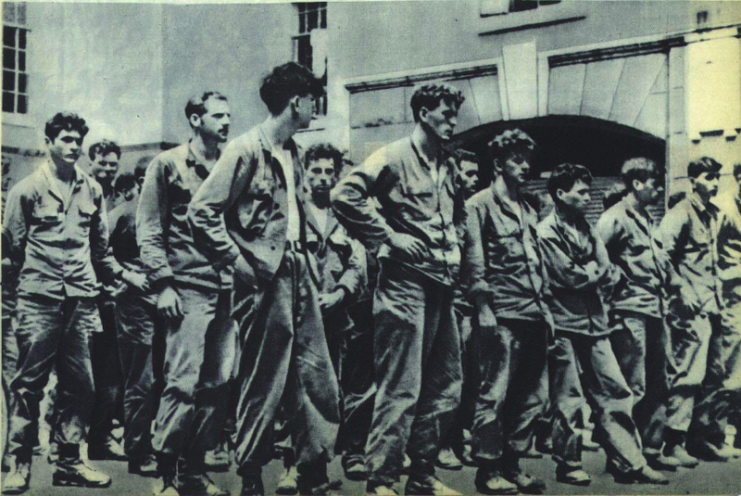
Along with the wooden transfer cases, trestle tables and United Nations Command flags have also been sent in preparation for the transfer ceremony. UNC officials said that the transfer cases draped in the UN flags would be transported in civilian-hired vans to Osan Airforce Base where they would be formally received by the United Nations Command, Combined Forces Command, and U.S. Forces-Korea commander, Army Gen. Vincent Brooks.
Once they have been officially handed over, the DPAA would commence with their work to process the remains and prepare them for transport back to the USA. Once the DPAA has prepared the remains, the cases will be draped in American flags for their final journey home to America.
A C-17 transport plane will bring the cases back to the DPAA laboratory in Hawaii where the painstaking work of identifying the individual remains would begin.
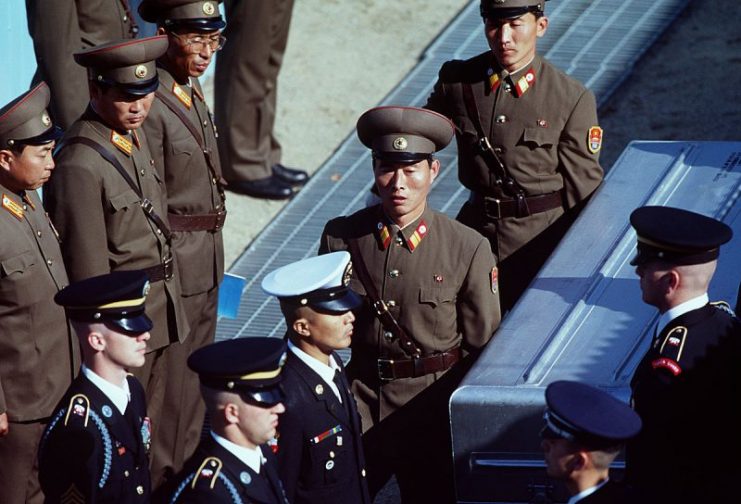
Identification of the remains is a complicated process. Not only will the remains have to be sorted as it is possible that the remains are mixed up, but then the process of using anecdotal evidence along with any personal effects and DNA and other forensic evidence to positively identify the individuals will commence. This identification process can take a very long time to complete.
Previously, North Korea has permitted 33 field investigations to take place between 1996 and 2005 to investigate, document, and recover remains from sites around the country. North Korea has allowed any remains found to be repatriated to the US.
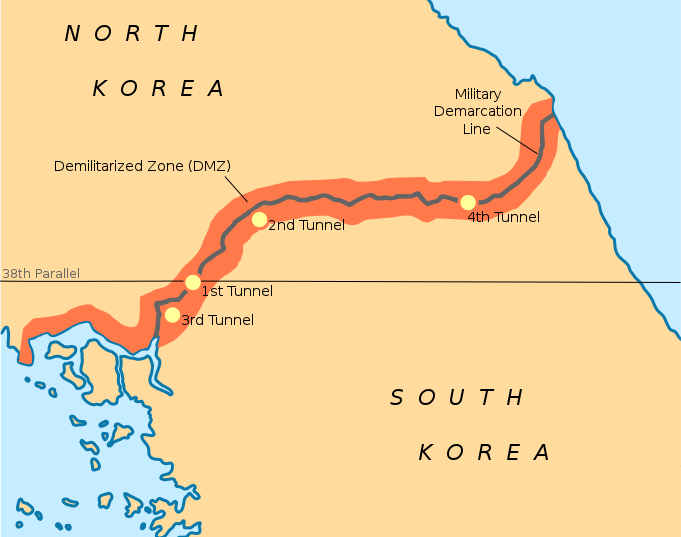
The Department of Defense will arrange and cover the costs for the possible sites to be investigated and the remains brought back to the US, but they do not pay for the investigation to locate the potential sites. With the new agreements between North Korea and the US, it is unclear if the field investigations will resume and if so how the costs will be covered.
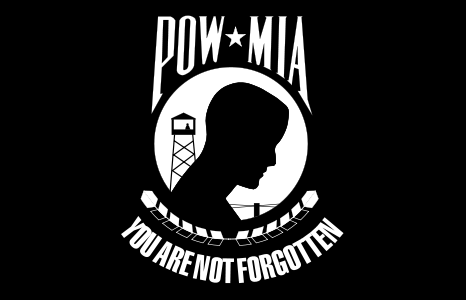
It is not difficult to understand how this is a very emotional issue for thousands of families in the US. They would love to have the remains of their loved ones found, identified, and brought home for burial on home ground. We can only hope that the administrations on both sides of the line feel the same way and permit the remains of the missing thousands to be brought home.
